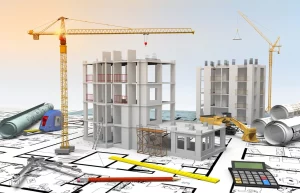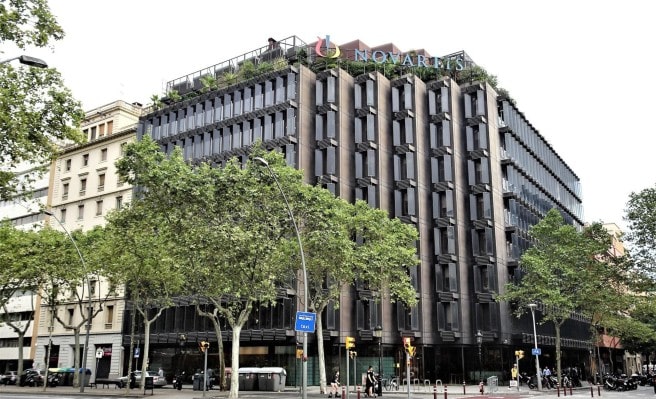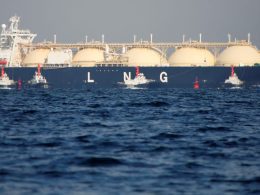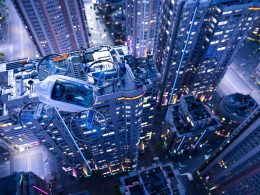In recent months, the City of London has faced significant debate and scrutiny regarding the construction of a new skyscraper poised to become the tallest building in the city. The proposed building, known as the “Skyline Tower,” promises to redefine the skyline and provide a new symbol of modernity and progress for London’s financial district. However, the decision to proceed with its construction has been delayed. This article explores the reasons behind the delay, analyzes the potential impacts of the building, and compares it with other notable skyscrapers in the City of London.
Background and Context

The Skyline Tower Proposal
The Skyline Tower is designed to be a 400-meter-tall skyscraper, surpassing the height of the current tallest building in London, The Shard, which stands at 310 meters. The tower is planned to include office spaces, luxury residences, and a public observation deck offering panoramic views of the city. Designed by the renowned architectural firm Foster + Partners, the tower aims to be a blend of sustainability and cutting-edge design, incorporating advanced environmental technologies and materials.
Recent Decision Delay
The City of London Corporation, responsible for planning and development within the Square Mile, has postponed its decision on the Skyline Tower. Originally scheduled for a review in early 2024, the decision has been pushed back to mid-2024. This delay has sparked considerable discussion among stakeholders, including developers, architects, local residents, and urban planners.
Reasons for the Delay
Environmental and Sustainability Concerns
One of the primary reasons for the delay is the growing concern about the environmental impact of such a tall building. Despite the Skyline Tower’s emphasis on sustainability, there are debates about its overall carbon footprint, energy consumption, and the effect on local wildlife. Critics argue that the construction and operation of such a massive structure could undermine London’s climate goals.
Urban Aesthetic and Heritage Issues
The architectural design of the Skyline Tower has also been a point of contention. Some critics argue that the building’s modern aesthetic might clash with the historical and architectural character of the City of London. The Square Mile is home to numerous heritage sites and traditional buildings, and there is apprehension about how the new tower might alter the area’s visual and historical landscape.
Economic and Social Implications
The potential economic impact of the Skyline Tower is another factor contributing to the delay. While the building promises to attract global businesses and increase property values, there are concerns about whether it will exacerbate the existing economic divide. The tower’s luxury offerings could potentially alienate local businesses and residents, creating an imbalance in the city’s socio-economic fabric.
Impact Analysis
To better understand the implications of the Skyline Tower, we can analyze its potential effects on various aspects of the City of London:
Environmental Impact
| Aspect | Current Situation | Potential Impact of Skyline Tower |
|---|---|---|
| Carbon Footprint | Significant emissions from construction and operation | High energy consumption, though mitigated by green technologies |
| Energy Efficiency | Variable depending on existing buildings | Advanced energy systems could improve overall efficiency |
| Biodiversity | Limited impact due to current low-rise structures | Potential disruption to local wildlife habitats |
| Waste Management | Standard practices in place | Increased waste during construction and operation |
Economic Impact
| Aspect | Current Situation | Potential Impact of Skyline Tower |
|---|---|---|
| Property Values | High but stable | Likely to increase significantly |
| Business Attraction | Competitive but not overwhelming | Potential to attract global businesses and investment |
| Local Economy | Diverse, with small to medium enterprises | Potential displacement of smaller businesses due to rising rents |
Social Impact
| Aspect | Current Situation | Potential Impact of Skyline Tower |
|---|---|---|
| Community Engagement | Strong community ties and local involvement | Potentially disrupted by an influx of international businesses |
| Affordable Housing | Limited availability | Could exacerbate housing affordability issues |
| Cultural Heritage | Rich historical background | Possible clash with the historical character of the City |
Comparative Analysis
To provide a clearer perspective on how the Skyline Tower compares to other skyscrapers in London, a comparative table is presented below:
| Feature | Skyline Tower | The Shard | One Canada Square | 30 St Mary Axe (The Gherkin) |
|---|---|---|---|---|
| Height | 400 meters | 310 meters | 235 meters | 180 meters |
| Completed | Not yet completed | 2012 | 1991 | 2003 |
| Architectural Style | Modern, high-tech | Modern, glass-clad | Postmodern | Postmodern |
| Primary Use | Office, residential, observation | Office, observation | Office | Office |
| Sustainability | Advanced green technologies | Some green features | Basic sustainability measures | Notable green design |
Conclusion
The delay in the decision regarding the Skyline Tower Building reflects the complex interplay of environmental, aesthetic, economic, and social considerations in urban development. While the proposed skyscraper represents a bold vision for London’s future, it also brings with it a range of challenges and potential impacts. The City of London Corporation’s extended review period allows for a thorough examination of these factors, ensuring that the decision made will be in the best interest of both the city and its inhabitants.
As stakeholders continue to deliberate, the Skyline Tower’s future remains uncertain. However, it is clear that any decision will have far-reaching consequences for the architectural landscape, economic dynamics, and social fabric of the City of London.












